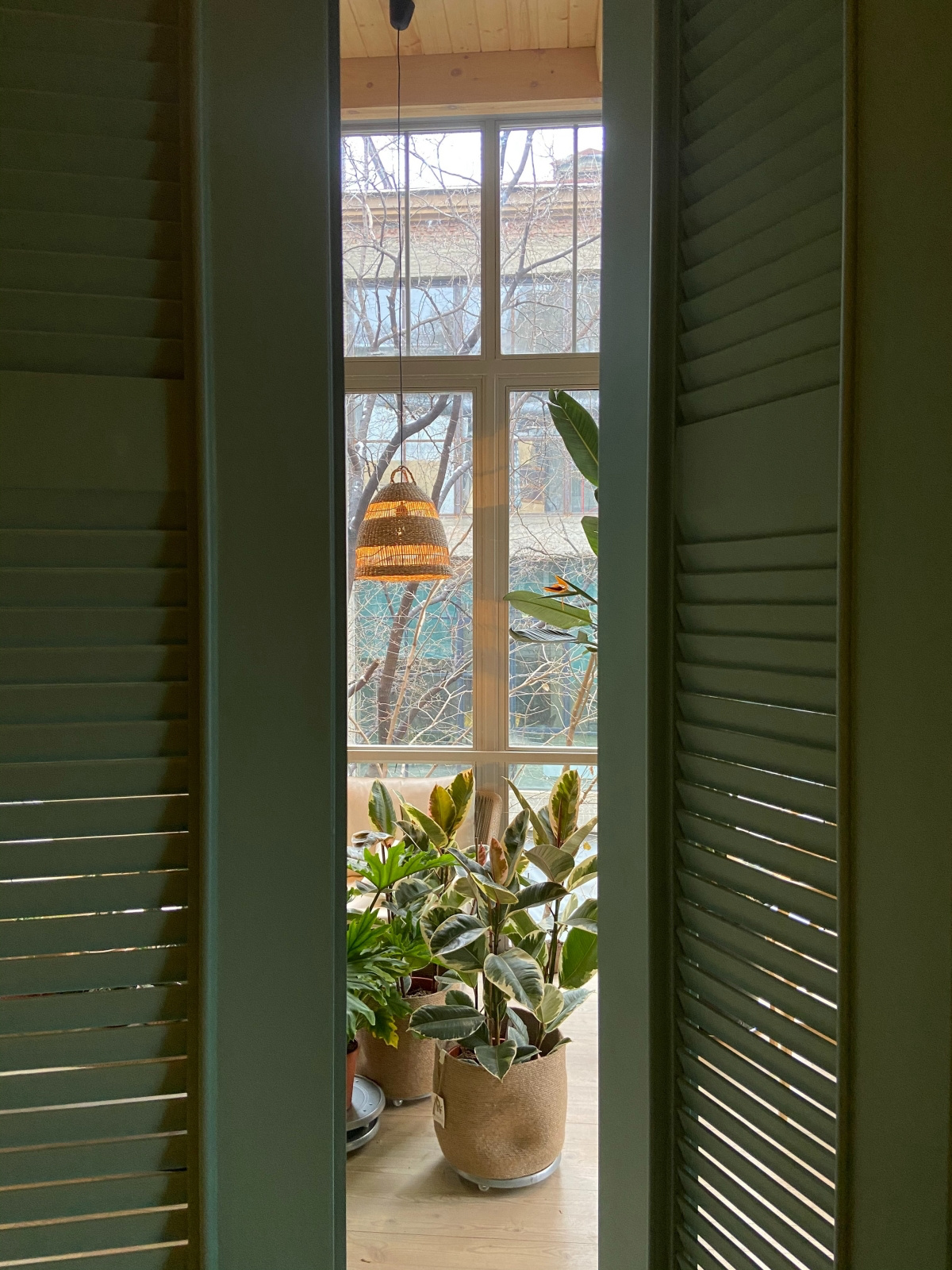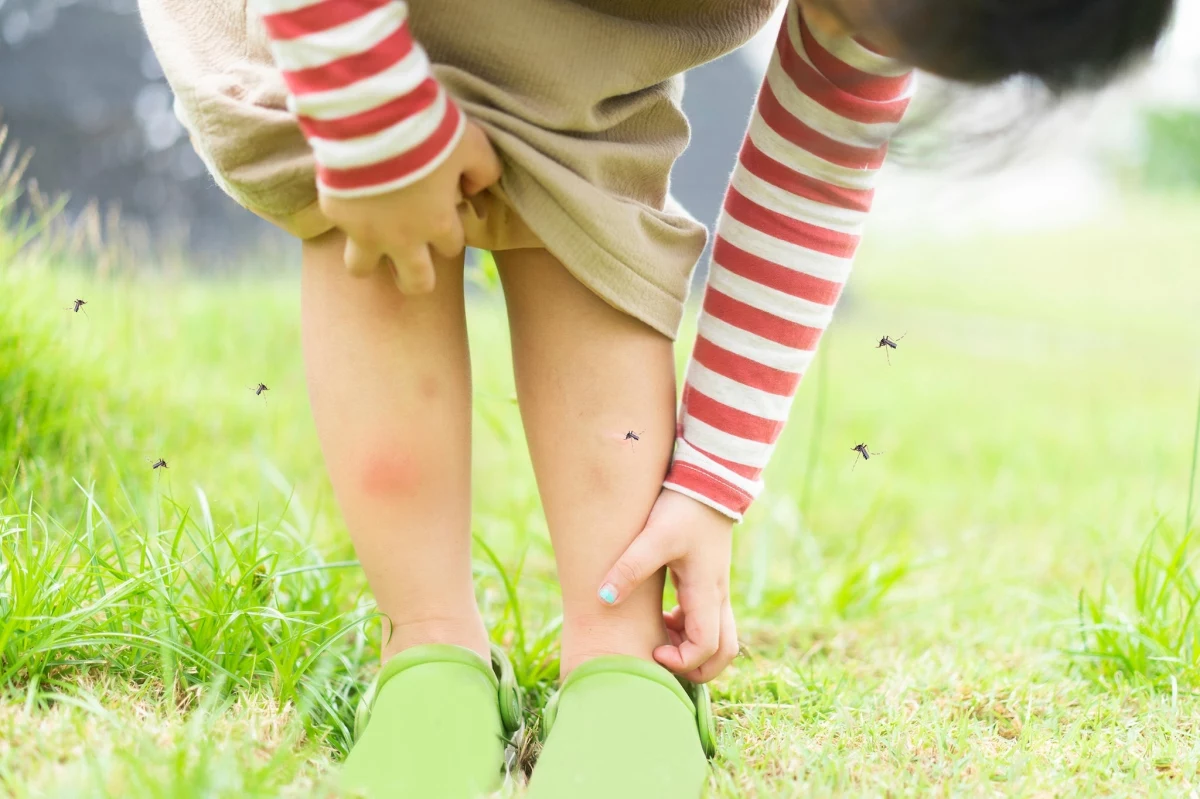The Stressed Parent’s Guide to Winning the War on Bug Bites
As a community health educator for a long, long time, I’ve talked to more worried parents than I can count about one thing: bug bites. Whether it was in the sticky, mosquito-filled Southeast or the tick-heavy woods of the Northeast, the goal is always the same—to get past the anxiety and get equipped with real, practical ways to protect our kids.
In this article
And let’s be honest, it’s about more than just an itchy spot. A child’s skin is so much more delicate than ours. A simple mosquito bite can swell up into a huge, painful welt or get infected from scratching. On top of that, pests like mosquitoes and ticks can carry some nasty illnesses. The point here isn’t to scare you. It’s to give you the clear, no-nonsense info you need to dramatically lower those risks. You can’t prevent every single bite, that’s just not realistic, but with a few smart layers of defense, you can make playing outside a whole lot safer and more fun for everyone.

First, Why Do Bugs Even Bother Us?
Before we jump into solutions, it helps to know what these pests are looking for. It’s not personal, it’s just science. Knowing their game helps us beat them at it.
Mosquitoes, for instance, can smell the carbon dioxide (CO2) we breathe out from half a football field away. As they get closer, they lock on to our body heat and the unique chemical cocktail on our skin. This is exactly why you seem to get swarmed when you’re sweaty and breathing hard after a game of tag. It’s also why some people are total “mosquito magnets” while others get off scot-free—it’s all about their personal body chemistry.
Ticks are different. They don’t fly; they wait. They do this thing called “questing,” where they climb up a piece of tall grass, hold on with their back legs, and just stretch their front legs out, waiting. When your kid (or your dog, or you) brushes past, they grab on. Super creepy, right? But understanding this ambush strategy is key to stopping them.

The Repellent Aisle, Demystified
Walking down the repellent aisle at Target or Walmart can be overwhelming. I’ve seen well-meaning parents skip repellents entirely because they’re worried about chemicals, only to have their kid come home covered in miserable bites. Here’s the truth: when you use them the right way, EPA-registered repellents are safe and incredibly effective.
But what about all those “natural” options, like citronella bracelets, stickers, or essential oil diffusers? To be frank, most of them don’t work very well. The EPA has tested this stuff, and the consensus is that they offer very little, if any, real protection. You need something that’s proven to confuse a bug’s senses, and that’s where the main players come in.
DEET: The Gold Standard (Yes, It’s Safe)
DEET has been the go-to for decades for a reason: it works. It scrambles an insect’s ability to land on you and bite. Despite any scary rumors you might have heard, it’s been studied to death and is recommended as safe for kids over 2 months old by all the major health organizations.

- Understanding the Numbers: The percentage (like 10% or 30%) isn’t about strength, it’s about how long it lasts. A 10% DEET formula, like you’d find in many ‘Family’ versions of brands like Off! or Cutter, gives you about 2 hours of protection. A 30% formula lasts more like 5-6 hours. For most backyard fun, 10% is perfect. A can will usually run you between $5 and $8.
- How to Apply It (This is CRITICAL): Never, ever spray repellent directly on a child’s face. Spray it on your hands first, then gently rub it on their skin, avoiding their eyes, mouth, and especially their hands (since little hands always end up in mouths). Only apply it to exposed skin and on the outside of their clothes.
I once worked with a family whose toddler got a rash after a camping trip. They were reapplying a 30% DEET spray every hour, thinking more was better, and even spraying it under his clothes. Once we corrected the technique, the problem disappeared. It’s a powerful reminder to just follow the directions!

Picaridin: The Awesome, Less-Oily Alternative
If you hate the greasy feel or smell of DEET, Picaridin is your new best friend. It’s a synthetic compound that’s just as effective as DEET at similar concentrations. A 20% Picaridin lotion or spray (a popular one is made by Sawyer) is fantastic, offering long-lasting protection from both mosquitoes and ticks. The best part? It’s odorless, non-greasy, and won’t damage plastics like some DEET formulas can. It’s also safe for kids over 2 months, and a bottle typically costs around $8 to $10.
Oil of Lemon Eucalyptus (OLE)
For parents set on a plant-based option, this is the only one the pros recommend. Heads up: this is the synthesized, EPA-registered repellent, NOT pure lemon eucalyptus essential oil, which hasn’t been tested for safety or effectiveness. OLE works about as well as a low-concentration DEET product but is NOT recommended for children under 3 years old.

The Pro-Level Trick: Treating Clothes with Permethrin
Okay, this is a total game-changer, especially if you live in a tick-heavy area. Permethrin is an insecticide that you treat fabric with—NEVER skin. It knocks out or kills ticks and mosquitoes that come into contact with the treated clothing. You can buy pre-treated clothes, or you can do it yourself for way cheaper.
Here’s how easy it is:
- Get a bottle of Permethrin fabric spray, like the yellow bottle from Sawyer. It’ll cost about $15-$20 but will last you a long time.
- In a well-ventilated spot (your backyard is perfect), hang your kid’s shoes, socks, pants, and shirts on a clothesline or lay them on a tarp.
- Spray the outside of the clothes until they’re damp and let them dry completely, which usually takes about two hours.
That’s it! The treatment lasts for about 6 weeks and through 6 washings. I advised a summer camp to make this standard for all their gear, and they saw a massive drop in tick incidents. It’s an essential layer of defense.

Make Your Yard a No-Fly Zone
Your first line of defense is right at home. A little bit of cleanup can make a huge difference.
Mosquitoes just need a tiny bit of standing water—seriously, the amount in a bottle cap is enough—to lay hundreds of eggs. Once a week, do a quick walk-around and dump any standing water. Look in flowerpot saucers, birdbaths, toys, tarps, and clogged gutters.
Your 5-Minute Win Today: Go outside right now and tip over one bucket or dump the water out of one toy left on the lawn. Boom. You just destroyed a potential mosquito nursery.
For ticks, focus on the edges of your yard. They hate sunny, dry, manicured lawns. They love the overgrown, leafy area where your lawn meets the woods. A great trick is to create a three-foot-wide barrier of dry wood chips or gravel between the lawn and any wooded areas. Ticks don’t like crossing this dry zone. Also, just keeping your lawn mowed and raking up leaf piles gets rid of their favorite hiding spots.

Simple Shields: Clothing and Nets
Sometimes the best defense is the simplest. When you’re heading into a buggy zone, have your kids wear lightweight, long-sleeved shirts and pants. Light-colored clothing is a great idea because it makes it way easier to spot a dark tick crawling on them.
And here’s the classic hiker’s trick: tuck their pant legs into their socks. It looks goofy, but it completely closes off the highway for ticks trying to crawl up their legs.
For babies under 2 months who can’t use repellent, a fine-mesh mosquito net draped over their stroller or carrier is an absolute must-have. It lets them enjoy the fresh air without any risk.
The Most Important Habit: The Daily Tick Check
This is it. This is the single most important routine you can adopt. Make a tick check part of your daily bath time or bedtime routine after playing outside. Ticks love warm, hidden spots.

- Where to look: Check carefully in and around their hair and scalp, behind the ears, in the armpits, inside the belly button, around the waist, behind the knees, and in the groin area.
- How to remove a tick: If you find one, stay calm. Use fine-tipped tweezers to grab the tick as close to the skin as you possibly can. Pull straight up with steady, even pressure. Don’t twist or jerk it. After it’s out, clean the spot and your hands with soap and water or rubbing alcohol.
- What if the head breaks off? This is a top-tier parent panic moment, but don’t freak out! Do not try to dig the little black dot out with the tweezers—that’s a great way to cause an infection. Just clean the area well with soap and water. In most cases, the body will push the tiny part out on its own over a few days, just like it would with a small splinter.
Oh yeah, and don’t forget the family pet! Ticks love to hitch a ride inside on dogs and cats, so be sure to check them thoroughly and talk to your vet about the best flea and tick prevention for them.

When to Call the Doctor
Know the difference between a normal bite and a problem. If you see signs of a severe allergic reaction (like trouble breathing or swelling of the face), get emergency help. If a bite area gets increasingly red, warm, or starts oozing, it could be infected from scratching and needs a doctor’s visit.
And after a tick bite, keep an eye out for a bull’s-eye rash, fever, or flu-like symptoms. Call your pediatrician if any of those appear. They can give you the best advice for your situation.
Ultimately, protecting your kids is all about using these strategies together. A little yard work, the right clothes, a good repellent, and a daily check—it’s a powerful combination that lets you stop worrying and start enjoying the great outdoors.
Inspirational Gallery
Picaridin 20%: A top choice for many parents. It’s odorless, non-greasy, and won’t damage plastics or synthetic fabrics. Brands like Sawyer Products offer lotions and sprays that provide up to 12 hours of protection against mosquitoes and ticks.
DEET (20-30%): The long-standing gold standard. It’s highly effective but has a distinct smell and can feel oily. A 30% concentration, like that in OFF! Deep Woods, is recommended for long-lasting protection in high-risk areas.
Both are considered safe and effective by the EPA when used as directed. The best choice often comes down to personal preference for feel and scent.
A mosquito beats its wings 300 to 600 times per second, which creates that all-too-familiar high-pitched whine.
The dreaded tick check doesn’t have to be a battle. Turn it into a routine after any time spent outdoors. Make it a game of
What’s the right order for sunscreen and bug spray?
Always apply sunscreen first, and let it absorb completely for about 15-20 minutes. Then, apply bug repellent on top. Sunscreen needs to penetrate the skin to work, while repellent is designed to sit on the surface, creating a protective barrier. Applying them in the wrong order can make the repellent less effective and may cause your skin to absorb more of its chemicals.
- Keeps ticks and mosquitoes at bay for an entire day of play without reapplication.
- Protection that won’t sweat off or rinse off in the pool.
- Doesn’t require applying any chemicals directly to your child’s skin.
The secret? Clothing and gear treated with Permethrin. This insecticide binds to fabric fibers and is effective for dozens of washes. You can buy pre-treated items from brands like L.L.Bean or treat your kids’ existing play clothes with a product like Sawyer Permethrin Fabric Treatment.
According to the CDC, there are approximately 476,000 cases of Lyme disease in the U.S. each year.
This number underscores why vigilance is key, even in your own backyard. Ticks don’t just live in deep woods; they thrive in leaf litter, tall grass, and shrubs. Keeping your lawn mowed and creating a simple wood chip or gravel barrier between your yard and any wooded areas can significantly reduce your family’s exposure.
A common mistake: Never spray repellent directly onto a child’s face. Instead, spray a small amount onto your own hands and then gently rub it onto their face, carefully avoiding their eyes and mouth. Also, be sure to apply it to often-missed spots like the back of the neck and around the ankles.
One of the most effective, non-chemical mosquito deterrents for a patio or deck is surprisingly simple: a fan. Mosquitoes are weak fliers, and the breeze from a well-placed oscillating or box fan makes it impossible for them to land. It’s a peaceful, quiet way to reclaim your outdoor space for summer evening dinners.
Despite your best efforts, a bite happens. The first rule is to discourage scratching, which can lead to infection. Here are a few ways to quickly soothe the itch:
- Apply a cold compress or an ice pack wrapped in a thin towel for 10 minutes.
- Dab on a small amount of over-the-counter 1% hydrocortisone cream.
- Create a paste with baking soda and a little water and apply it to the bite.










